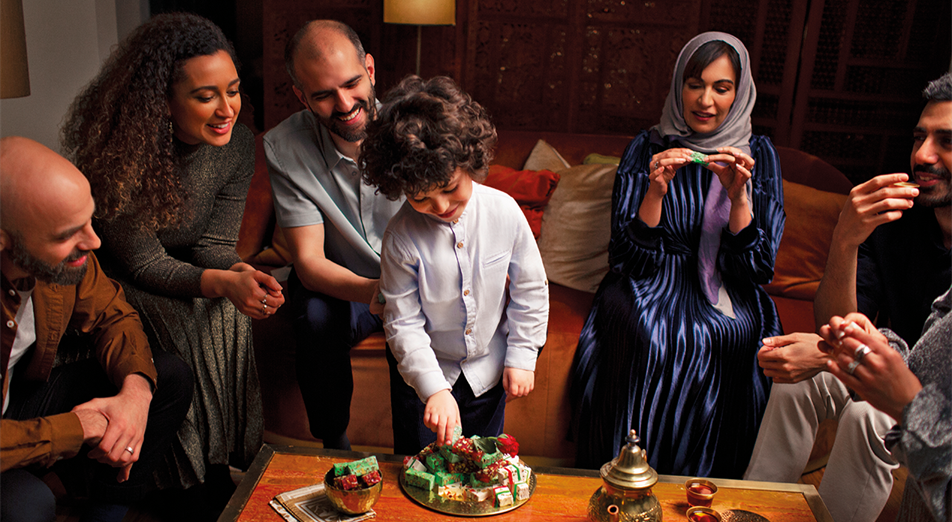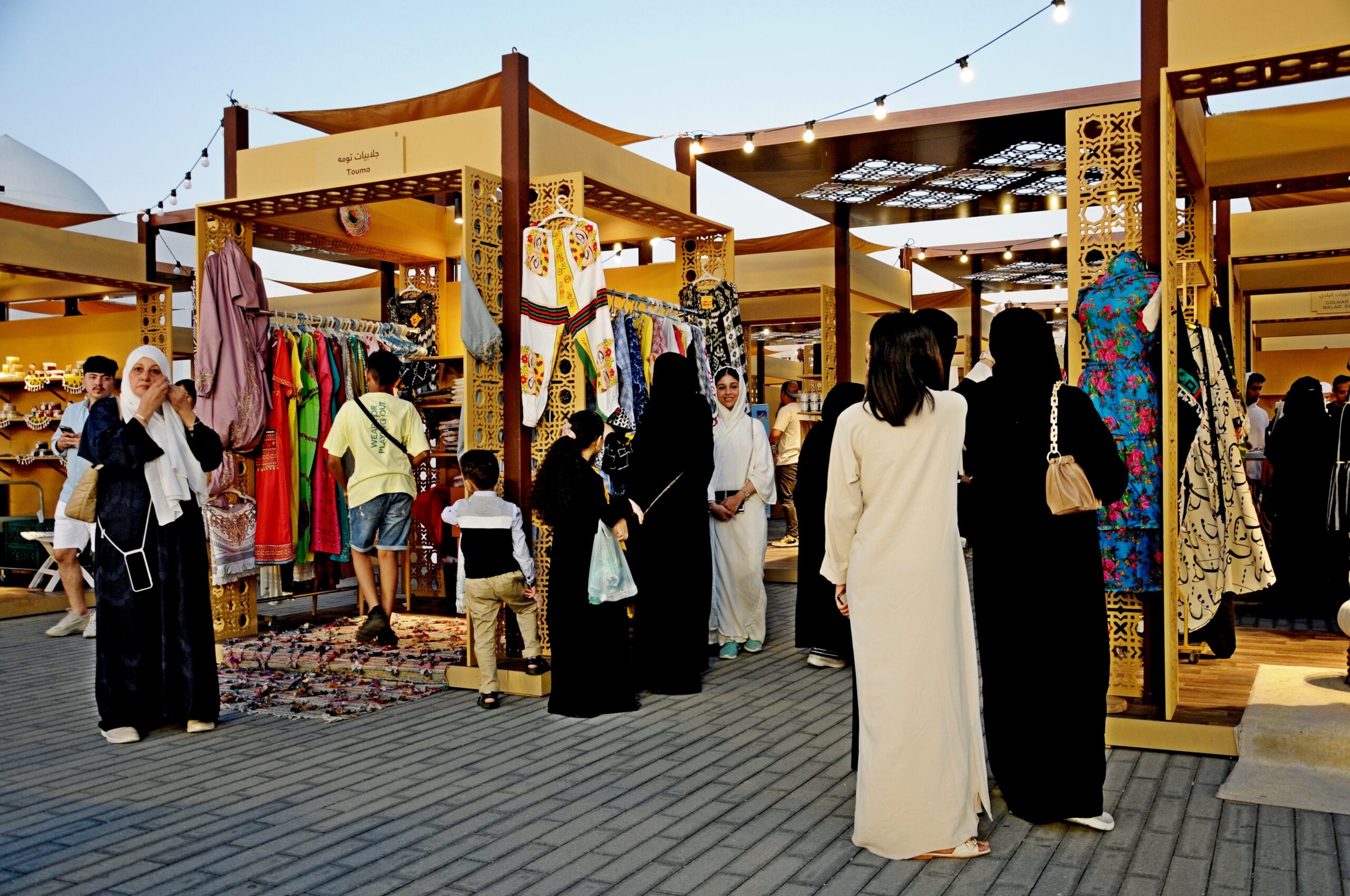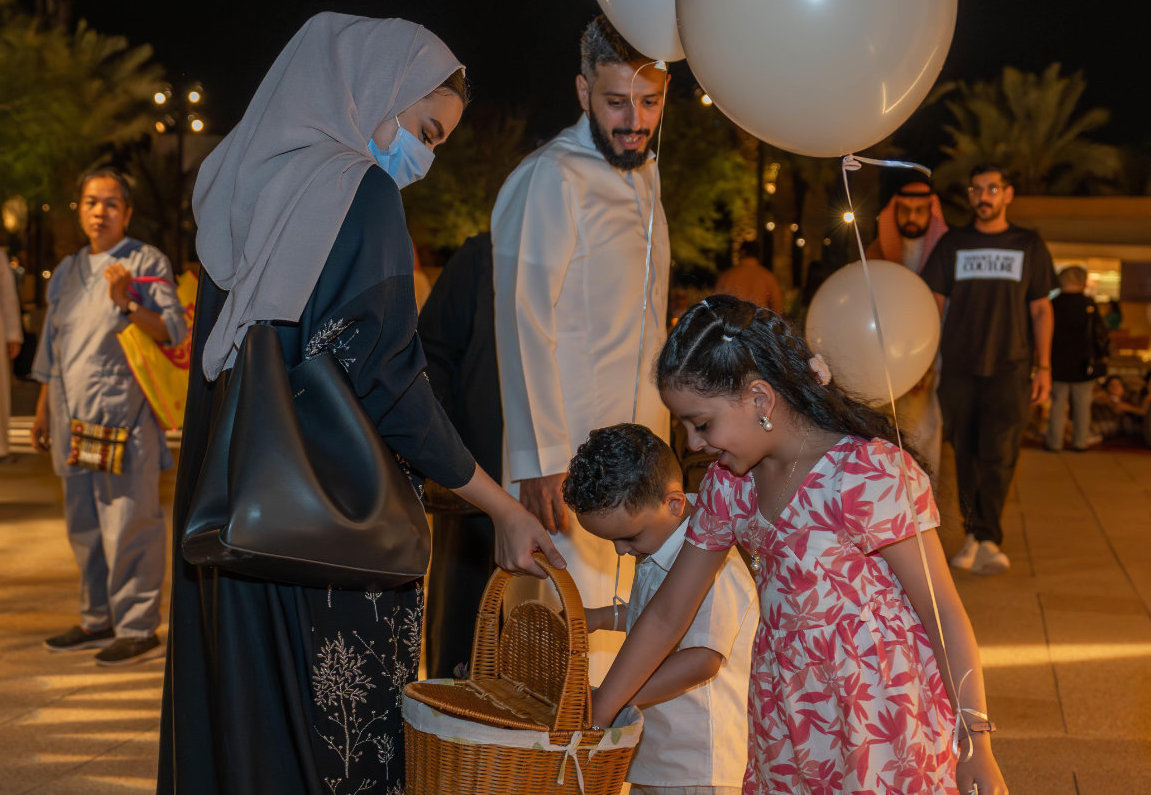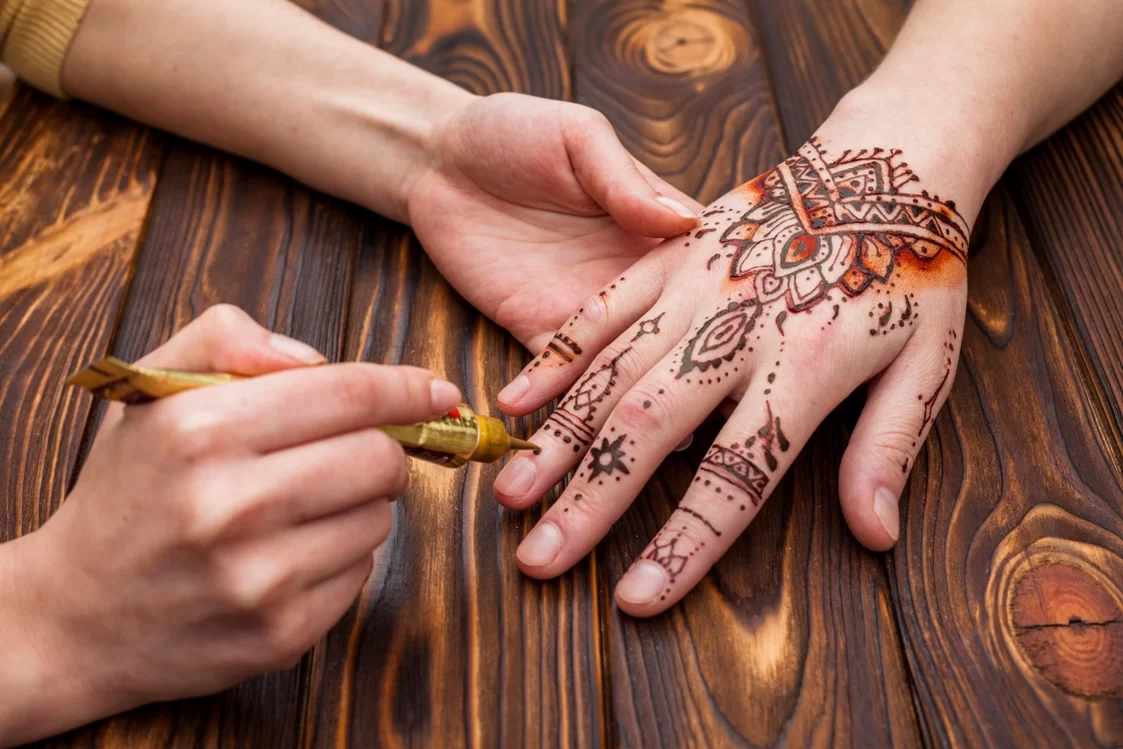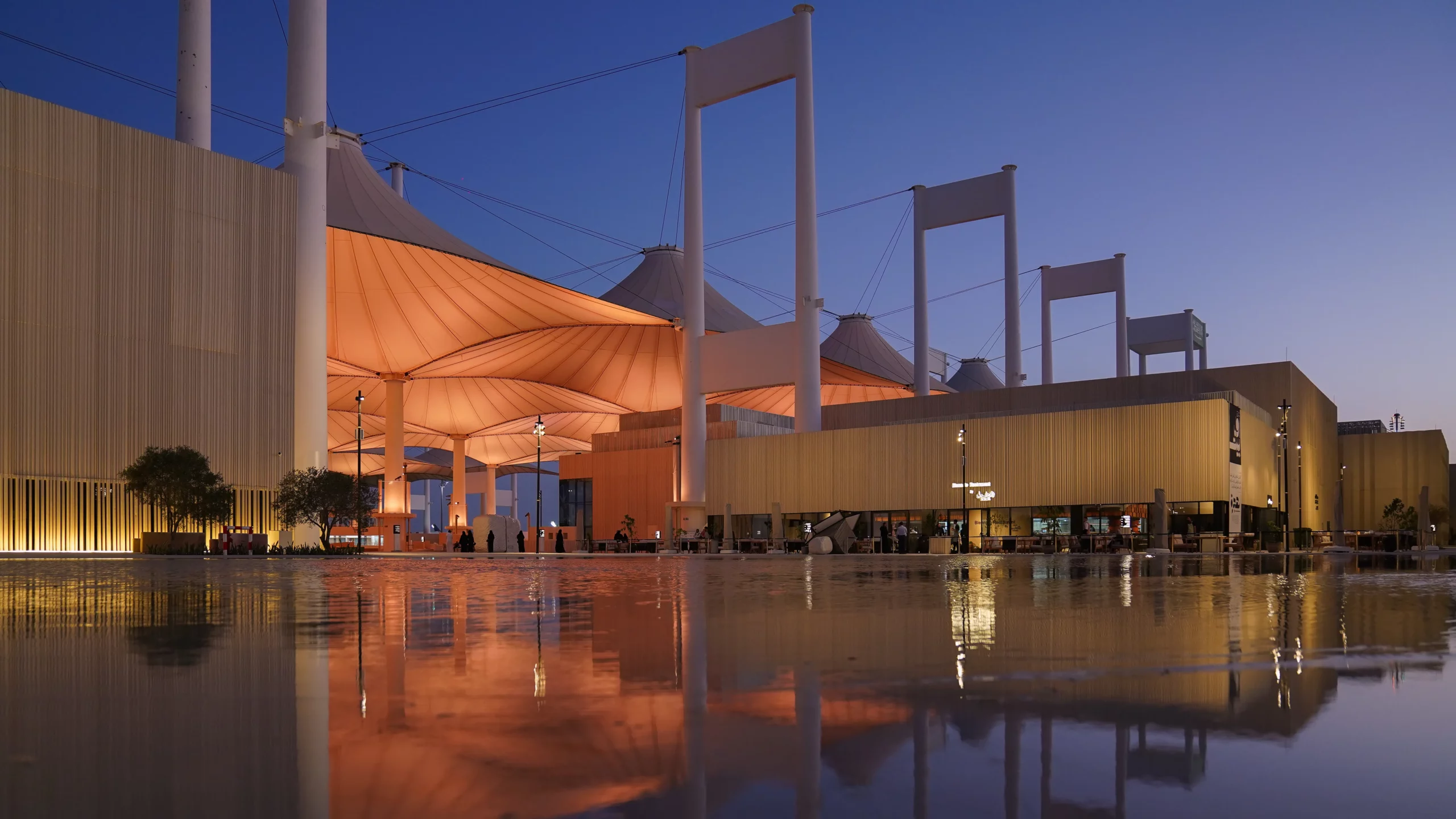Kingdom of Culture: Ramadan in Saudi Arabia
Ramadan is more than just a religious observance — it’s a time of transformation, reflection, and togetherness. Across Saudi Arabia, Ramadan is deeply woven into everyday life, bringing a shift in daily rhythms, from quiet mornings to bustling nights, as families and communities come together to share meals, visit markets, and celebrate timeless traditions.
While fasting from dawn to sunset is central to Ramadan, the month is equally defined by its warm hospitality, communal spirit, and festive energy that builds up to the grand celebration of Eid al-Fitr. For visitors and expats, experiencing Ramadan in Saudi Arabia is a cultural journey offering a glimpse into the Kingdom of Culture that is welcoming, vibrant, and rooted in tradition.
- The Spiritual Pulse of Ramadan: A Month of Reflection and Togetherness
Ramadan holds deep significance for Muslims worldwide, and in Saudi Arabia, the essence of the month is reflected in a change of pace from the regular hustle and bustle.
As the sun sets, streets come alive with families heading home for iftar, the fast-breaking meal, while mosques resonate with special evening prayers. Work hours are reduced, businesses adapt to night-time activity, and the overall atmosphere becomes one of patience, kindness, and connection.
Whether you’re fasting or not, the month’s influence is felt everywhere—in the generosity of shared meals, the quiet moments of reflection, and the spirit of giving that defines the season.
- Iftar and Suhoor: Where to Break Your Fast in Saudi Arabia
Ramadan is a culinary celebration as much as a spiritual one. Each day’s fast ends with iftar, an abundant meal shared with family, friends, or even strangers. Traditional dishes such as samosas (crispy, stuffed pastries), jareesh (crushed wheat porridge with meat), and kabsa (spiced rice with meat) fill dining tables, while dates and laban (a yogurt-based drink) are staples of the meal.
In Saudi Arabia, iftar can be experienced in many ways:
- Home Gatherings: Families prepare generous feasts, often inviting guests and neighbors.
- Communal Iftars: Large tents are set up across cities, offering free meals to anyone who wishes to join.
- Restaurants and Hotels: High-end hotels and local eateries offer elaborate iftar buffets featuring traditional and international cuisine.
- Late-Night Cafés: For a more casual setting, cafés and bakeries stay open late, catering to those who prefer a light suhoor (pre-dawn meal).
If you’re looking for a memorable iftar experience, some of the best locations include Jeddah’s waterfront eateries, Riyadh’s heritage-style restaurants, and AlUla’s breathtaking outdoor settings. You can read much more about Saudi’s Underrated Cuisine and Ready, set, NOM!
- Ramadan Nights: The Bustling Energy of Markets and Souqs
Once iftar is over, you can observe how cities come alive. Malls, souqs, and pop-up Ramadan markets stay open past midnight, with families shopping for Eid, socializing, or just enjoying the cool night air after breaking the fast.
Some must-visit markets include:
- Souq Al Zal: Located in Riyadh’s Al-Dirah neighborhood, a historic marketplace spanning 38,000 square meters, and is renowned for traditional goods like carpets and oud.
- Souq Al Alawi in Jeddah: One of the oldest markets, where you can find oud, prayer beads, and Ramadan-themed décor.
- Pop-Up Ramadan Markets: These seasonal markets offer everything from handmade lanterns to sweet treats like qatayef (stuffed pancakes).
- Must-Visit Places in Saudi Arabia During Ramadan
The celebratory spirit of Ramadan can be experienced across the Kingdom of Blessings, whether you are in the capital or in the desert under the stars.
- Mecca & Medina: The spiritual epicenters of Ramadan, where millions of Muslims gather in prayer.
- Riyadh: The capital transforms into a hub of cultural activities, with Ramadan tents, open-air dining, and lively night markets.
- Jeddah: The Red Sea city’s coastal setting offers unique iftar experiences, from private beachside gatherings to seafood feasts.
- AlUla: The meeting point of ancient civilizations, this historic site provides an enchanting backdrop for Ramadan, with heritage-style iftar setups under the stars.
- 5. Dressing for the Occasion: The Ramadan Fits
While there’s no official way to dress for Ramadan, Saudis like to kick it old-school with some classic drip. Ladies break out their jalabiya – airy, flowing dresses that are built for comfort and grace – and even get them tailored for the perfect fit and look. The sky really is the limit when it comes to jalabiya style. Some stick with colorful traditional patterns, others change it up! There are loads of Saudi fashion brands experimenting with different fabrics and more minimalist designs, so, however you choose to make your statement, there’s no better way to express yourself in comfort.
- Eid al-Fitr: The Grand Celebration That Marks the End of Ramadan
After a month of fasting, Eid al-Fitr marks the joyous culmination of Ramadan. The holiday is all about family reunions, feasting, and festive traditions. In Saudi Arabia, the celebrations begin with early morning prayers, followed by breakfasts featuring dishes like mofatah (spiced lamb and rice) and ma’amoul (date-filled shortbread cookies).
Families visit one another, exchange gifts, and distribute charity as part of the holiday’s spirit. Eid celebrations also bring fireworks, public feasts, and nationwide entertainment, making it a time of true festivity and warmth.
